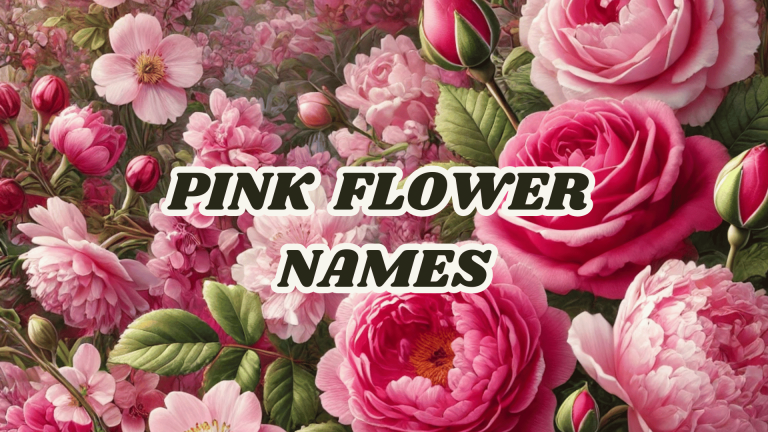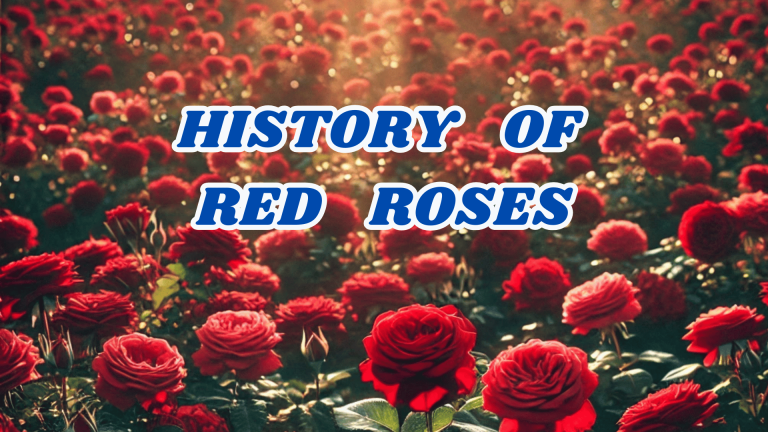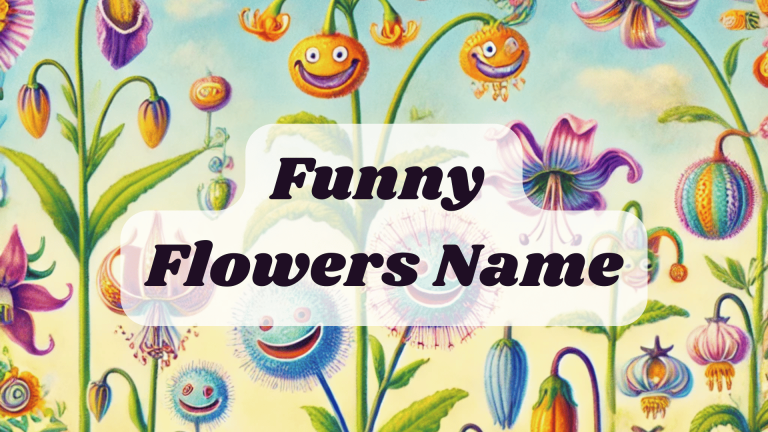Italian Flower Names: Fascinating Beauty, Culture and Traditions
Introduction
Italy particularly stands out for its long cultural background and artistic heritage which coexists with a beautiful variety of blossoming plants. Italian climate and land topography create the perfect conditions for numerous flowering plants to thrive across the country. Italy’s flower journey takes visitors through the sunlit Tuscany hilltops throughout the entire distance to the seaside bluffs of the Amalfi Coast.
The Italian floral variety features more than visual appeal because each blossom carries specific symbolic meanings. The following discourse will analyze well-known Italian flowers from an aesthetic and cultural perspective.
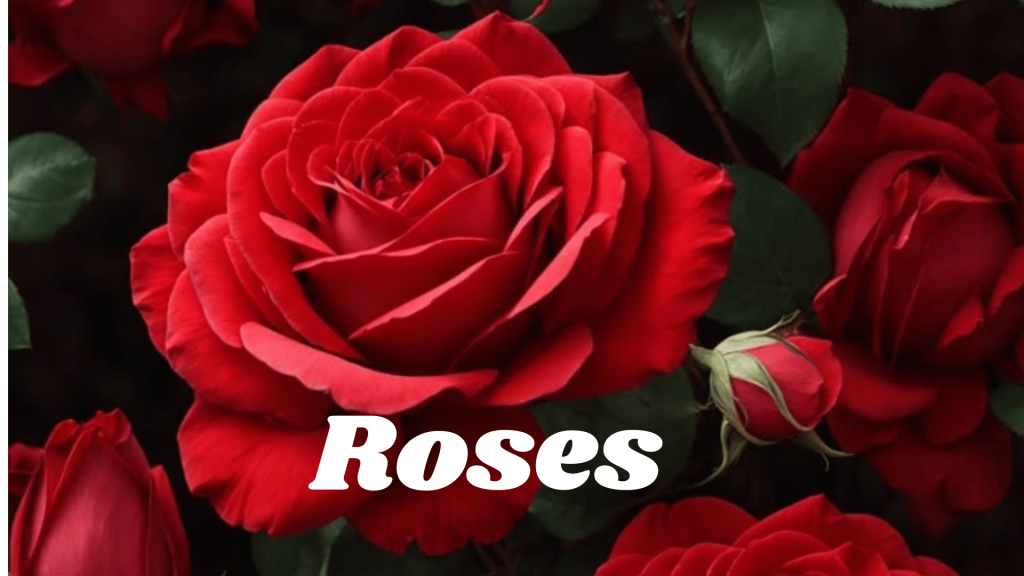
Roses – “Rosa”
Italian culture views flowers as the supreme indicator of beauty and rates the rosa as its most important flower symbol. Roses symbolize romantic love between people and their unique fragrance together with their attractive appearance and classic literary attributes grant them exceptional status.
A red rose serves regularly as a romantic symbol when people offer it to express their feelings towards loved ones. Many Italian families display the rose inside their homes and gardens to express their admiration and devoted feelings.
Tuscany and Liguria regions of Italy produce many different rose varieties since their climate suits rose cultivation. According to Italian culture the rose holds special significance to Catholicism because it represents the Virgin Mary when people refer to her as the Mystical Rose.
Among all rose varieties in Italy one of the most famous ones is Cabbage Rose under its alternative name Rosa Centifolia.
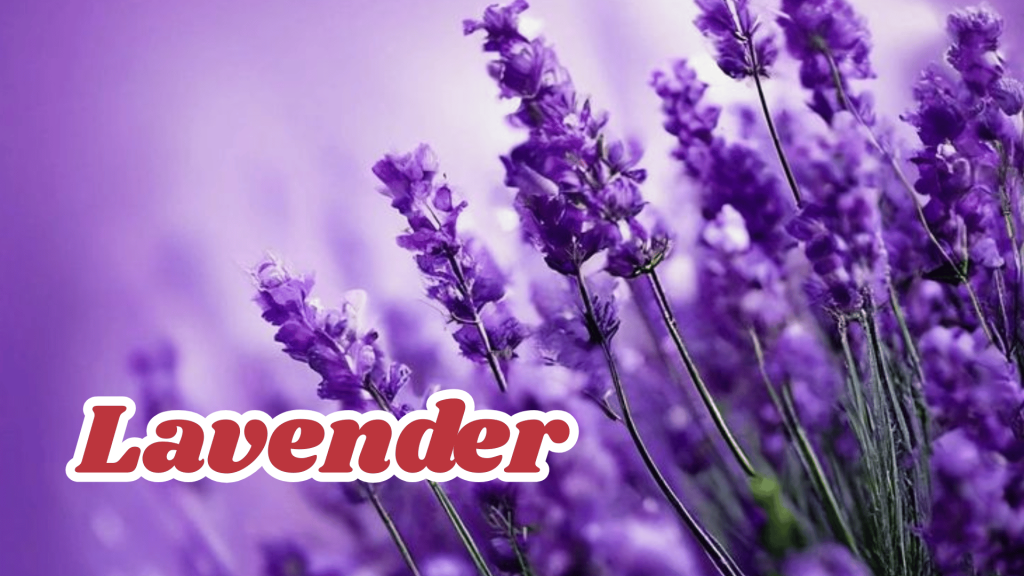
Lavender – “Lavanda”
The Italian cultural tradition embraces Lavender flowers under their native name “Lavanda.” The flower creates a peaceful atmosphere through its aromatic perfume and shows violet coloring because Italian culture identifies it with peacefulness. The regions of Tuscany and Provence have become famous for hosting the natural growth of this floral species in their sunny rolling hills.
The Italians associate lavender with purity, cleanliness, and calmness. Italian aromatherapy extensively utilizes lavender oil because practitioners consider its oil to possess healing properties. The Italian cuisine features lavender as a common food flavor which appears in desserts along with ice cream and certain savory dishes.

Sunflower – “Girasole”
In Italian language “Girasole” represents the plant known as the sunflower. Simply as sunflowers have become globally renowned for their growth so does the sunflower symbolize vibrant cultural life in Italy during summertime.
Its expansive height along with its intense green stalk delivers cheerful energy that lifts the spirits of others in summertime. The central and southern areas of Italy display an abundance of sunflower crops which are not visible elsewhere in the country.
Sunflower demonstrates deep devotion and sympathetic nature within Italian society. People across the world worship the symbol of devotion while sun-following plants demonstrating this ability at different locations worldwide.
Classic Italian art features sunflowers because of its symbolic meaning which can also be found in traditional ceramic and painting traditions in Italy.
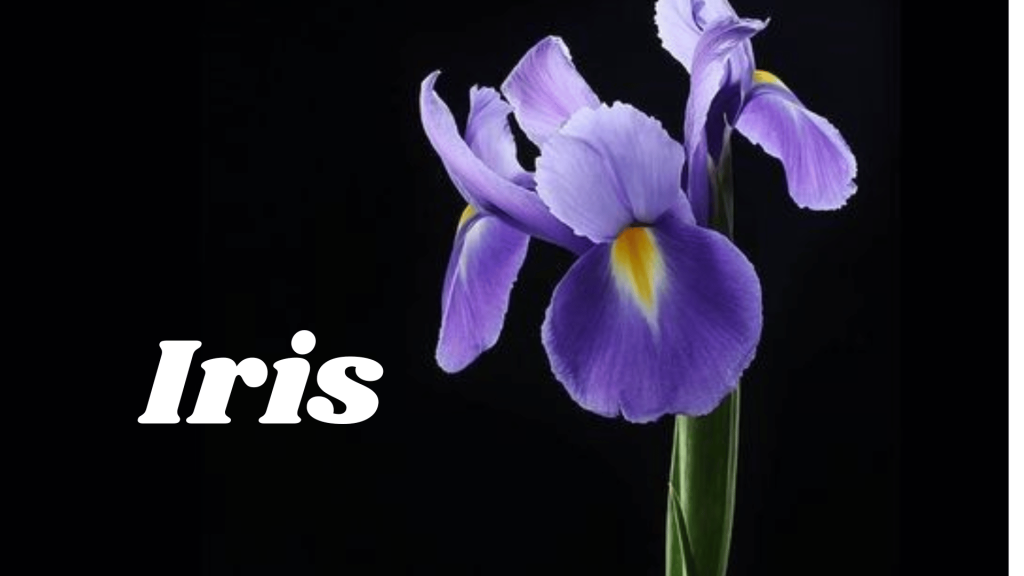
Iris – “Iris”
The flower Iris appears in both Italian and English language without translation. In Italian mythology the iris flower demonstrates divine meaning because its purple blue and white colors symbolize the goddess Iris who worked between gods and humans. Italian culture associates the iris with three important values reflecting faith and wisdom as well as bringing hope to believers.
The city of Florence expresses itself in both artistry and iris blossoms which local residents call iris flowers. Approximately 12.500 people gather during the florentine “Festa dell’iris” every year to appreciate the various forms of this lovely flower.
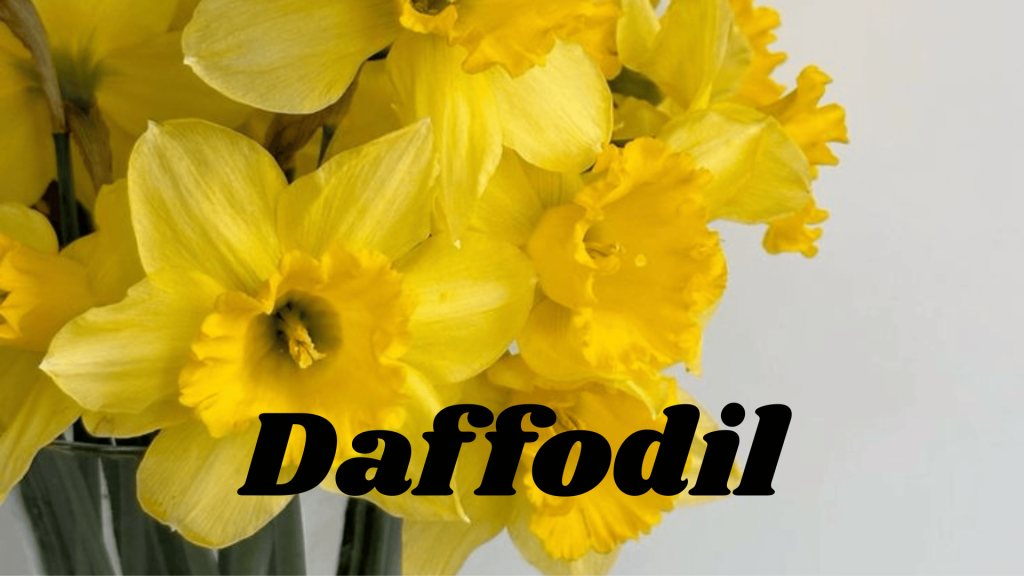
Daffodil – “Narciso”
The Italian name for spring-blooming “Daffodil” stands as narciso and Italians call this flower daffodil along with its Italian name. New beginnings represent the essence of this flower while it maintains a special relationship with Italian Easter celebrations. The arrival of warmer weather and the return of nature passes with great anticipation among the Italian people.
The yellow blossom of narciso creates garden illumination thus leading Italians to choose this flowers for their gardens. The flower symbolizes both natural beauty and the human tendency for self-love based on the tale of Narcissus who developed an obsession with himself. The narciso attracts admiration because its symbolism exists in two opposite ends.
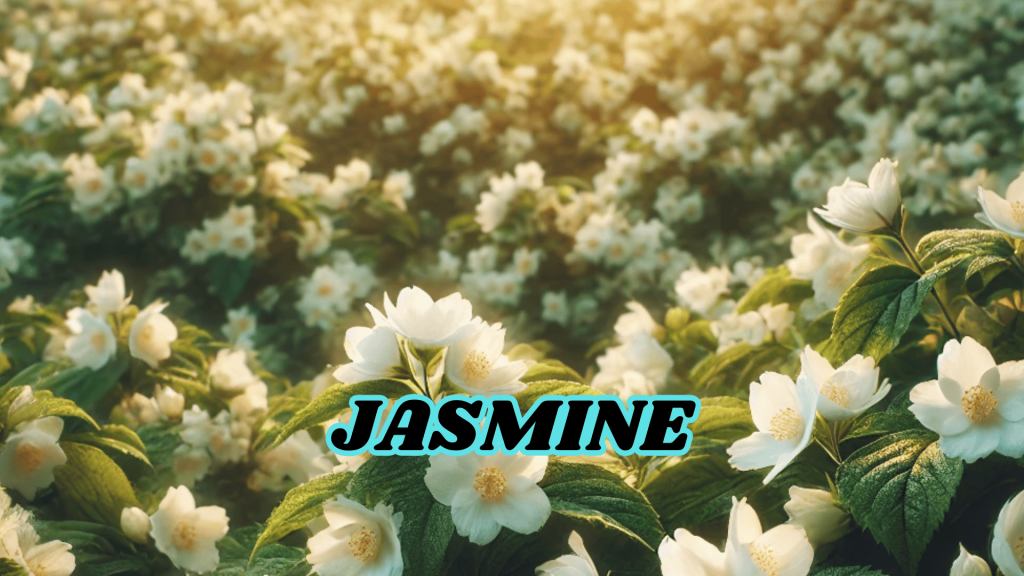
Jasmine – “Gelsomino”
Gelsomino represents both white and yellow fragrant flowers which Italian people use for perfume ingredients and oils. Many Italians embrace jasmine with affection because of its warm climate throughout Sicily and Naples.
The Italian cultural association of jasmine expresses both love and sensuality as well as purity. The flower serves regularly as a gift to communicate feelings of love to loved ones. Jasmine appears foremost in bridals arrangements to symbolize both the bride’s pure nature and her grace. Due to its soft but passionate aroma Italians celebrate and write poetry about jasmine flower.
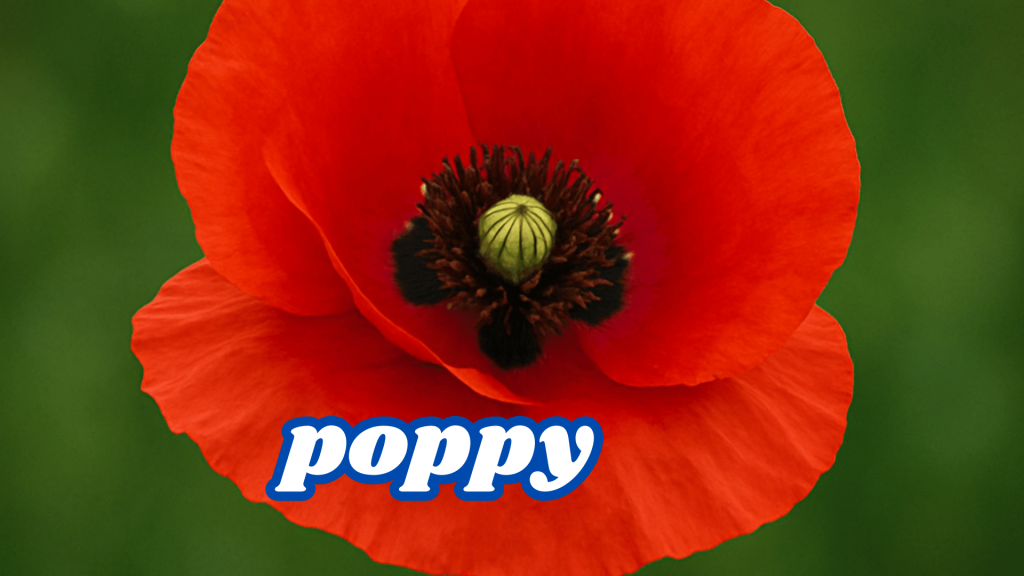
Poppy – “Papavero”
Throughout Italy poppy flowers known in Italian as “papavero” appear as bright red wildflowers across various regions of the country. The poppy is most often found near rural roads throughout Italy. People consider papaveri as symbols of sleep time and memory because opiate medications share this connection.
Papavero stands as the symbolic icon during La Festa della Liberazione in Italy when the Italians commemorate their freedom on April 25. The poppy serves as a critical piece of attire for several Italians because it symbolizes their historical World War II fighters. The red petals of the poppy carry a symbolic meaning of lives given toward achieving peaceful freedom.
The Importance of Flowers in Italian Weddings
Italian weddings follow the cultural emphasis on family traditions by bringing together many friendly individuals for the celebration.
Floral decorations elevate their importance during Italian weddings since they fulfill cultural traditions and they represent specific meanings.
Throughout the wedding ceremony together with its celebration floral decorations various flowers play significant roles starting from the bride’s bouquet proceeding to decorative arrangements for both ceremony and reception and concluding with church and venue decorative elements.
1.Wedding Bouquets: History and Meaning
An Italian wedding shares with all wedding ceremonies worldwide the traditional bouquet which stands as one of the main flower accessories at such festivities. The bouquet flowers offer symbolic significance because they express both hopeful and dreamlike expectations and established values which will define the future partnership of the newlywed couple. All Italians share a common appreciation for certain blossom sorts which flourish across the entire nation.
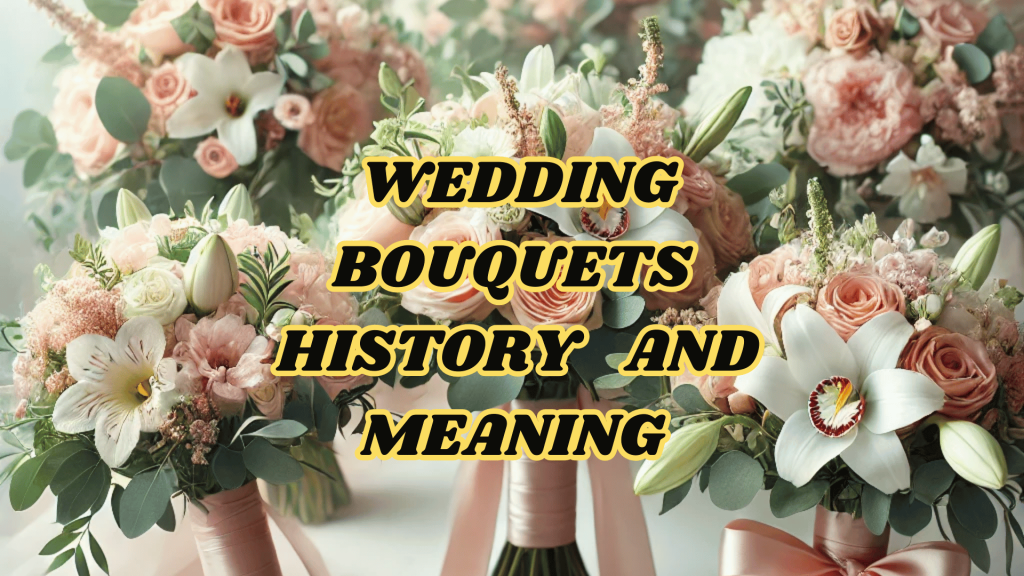
Roses serve as symbols of pledges for marital fidelity and mutual love and personal pride during Italian weddings because those attending use them as decorative elements. The red rose specifically represents romantic love so it is a preferred choice for brides to carry in their wedding bouquets. New beginnings are the reason why some people select white roses for their ceremonies.
The wedding tradition in rural Italy includes the Lily of the Valley or Maggiociondolo which originates from the country. A heart filled with purity together with happiness reaches its home through this symbol. During weddings women traditionally choose white flowers as a symbol which represents hope along with a bright future ahead.
Orange Blossoms (Fiori D’Arancio) stand as essential wedding flowers throughout Italy because they express both marital fertility and eternal love and cordial relationships to divine marriage. These flowers are regularly incorporated into wedding crowns that brides wear and can also find their place in their bouquets. Bridal veils incorporate these flowers because the flowers symbolize innocence and purity while their pleasant scent brings a pleasant aroma to the wedding ceremony.
Lavender (Lavanda) is a revered Italian component because its pleasant smell and wedding symbolism of devotion and pureness and peacefulness. Wedding decorations regularly include lavender among their elements while couples distribute dried lavender sachets to their guests as wedding favors.
2. Flower Crowns and Bridal Accessories
In traditional Italian weddings especially within Sicily and Puglia brides adorn their heads with corona di fiori which comprises real floral bouquets. The floral crowns normally include orange blossoms and ivy flowers among their variety of materials used in their construction. The crown functions both as a symbol of purity and beauty that combines the bride with nature as it makes her more noticeable in the gathering.
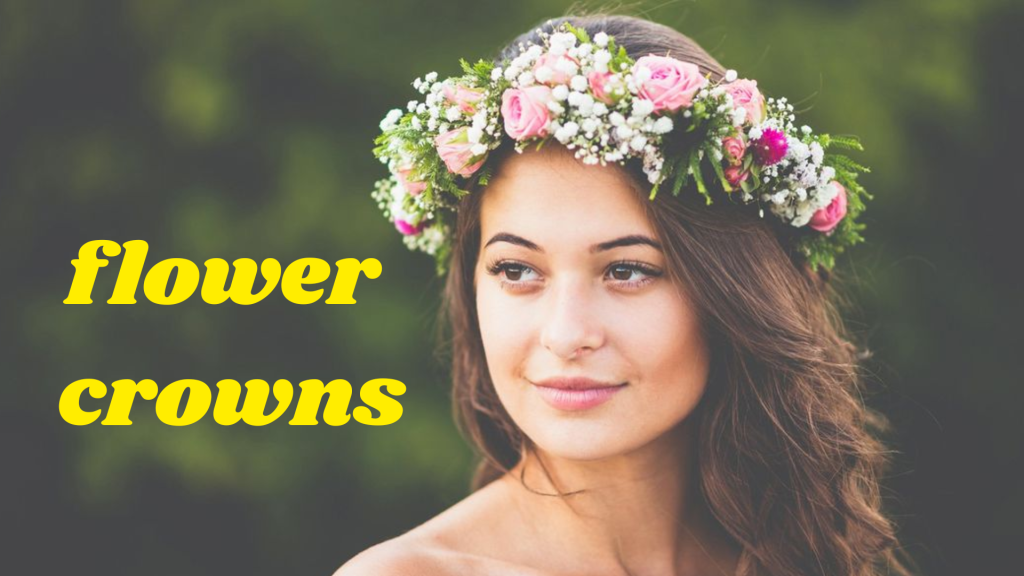
Italian brides wear both flower crowns and corsets filled with floral scents and manufactured by their bridesmaids through close family members as displays of their love and respect.
The Wedding Season in Italy: A Floral Calendar
The wedding region along with its monthly timing in Italy dictates floral fashion because specific flowers exist only during certain seasonal months. The wide climate of Italy produces different regional floral collections which result in distinct wedding characteristics for each area.
During spring weddings Italy becomes filled with colorful flowers that create a wonderful fragrance throughout the season.
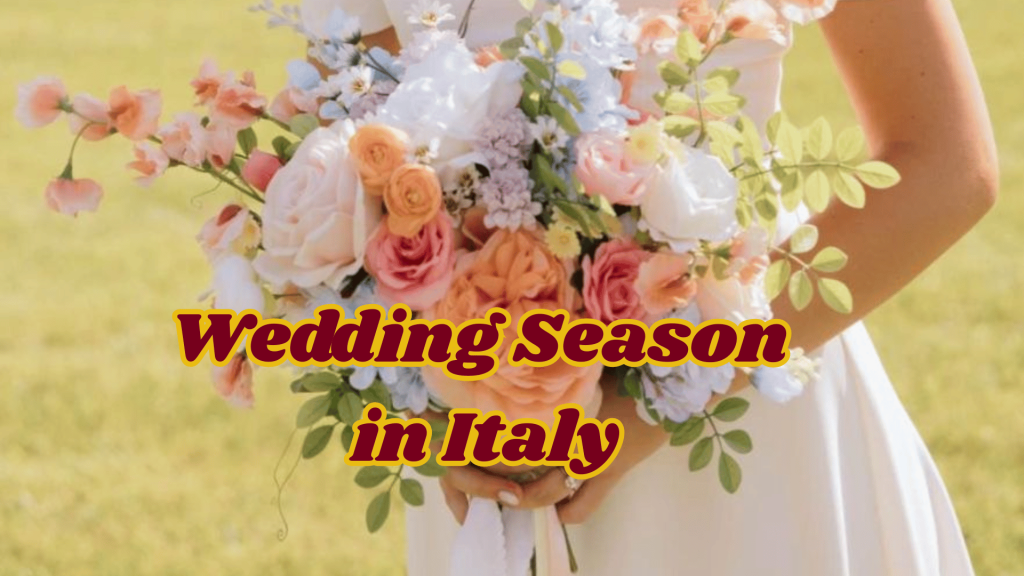
Italian weddings find their peak during the spring season due to tulips and other flowers like lilacs and daisies and magnolias appearing. The favorable climate conditions during this season make weddings an excellent choice for celebrations. During spring both rose blossoms and lilies of the valley appear as traditional wedding flowers.
Italy considers daisies (Margherite) appropriate spring flowers because they maintain their simplicity and beauty then represent purity. Daisies serve as a romantic element in wedding bouquets since they frequently appear in floral arrangements.
People use early-winter through early-spring blooming camellia flowers (Camelie) to decorate spring weddings across Italy. Bridal bouquets together with reception decorations gain beauty and elegance because these flowers embody love and elegance.
Summer Weddings: The Exciting Romantic Season
The Italian summer brings warm temperatures to the country while also creating an environment where flowers grow extravagantly. The fundamental flower choices for summer weddings consist of sunflowers with gladiolus and peonies because they present both eye-catching colors and attractive visual appeal.
During summer weddings sunflowers serve as the predominant floral elements because of their eye-catching appearance in bouquets and floral designs. These flowers embody the powerful symbolism of joyfulness combined with loyalty and active spirit which enhances the wedding celebration of marriage.
The Italians express their love during summer weddings through peonies in floral arrangements because these flowers capture their characteristics of bright colors and charm. Either soft white or inviting pink tones can be found in these flowers because both colors symbolize the beauty of love and happiness in marriage.
3. Autumn Weddings: Nature’s Beauty in Earthy Shades
The wedding colors for Italian autumn ceremonies match the vibrant and deep colors found in nature during this harvest season. Marigolds and dahlias together with chrysanthemums have become popular wedding blooms because they are resilient to cold conditions while adding visual appeal to Italian floral arrangements.
The flowers of All Saints Day also known as chrysanthemums (Crisantemi) achieve fame during autumn weddings. The chrisanthmums ability to come in white, red and yellow versions makes it possible to endure the fall atmosphere while creating dynamic visual contrast.
Most couples choose Amaryllis flowers (also known as Amaryllis) during winter weddings because of their strong and elegant appearance. The Amaryllis flower reflects both the courage and elegance of couples to make it an ideal choice during wedding ceremonies.
Conclusion
Italian flower names offer deep insight into both present-day life and past traditions of the nation. Italian people live with flowers through daily routines while artists and residents embrace their place in cultural activities. Sunflowers represent devotion while pureness comes from jasmine blooms. Flower enthusiasts who see Italy will enjoy its enchanting views even more thanks to its fields of blooming sunflowers in Tuscany and Sicily sunflower hills. Italian artistic experts appreciate flower names that inspire their creative work and Italy prospers as a cultural landmark forever.

